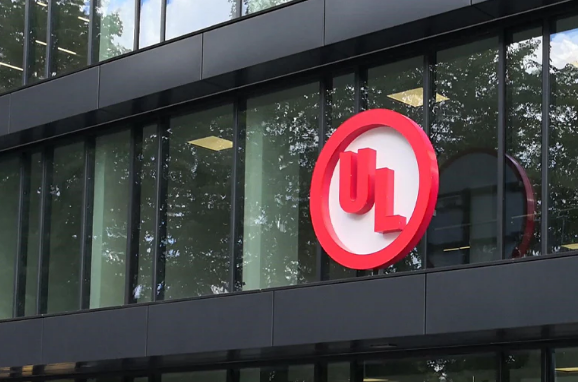If you are a manufacturer or importer of children’s products in the United States, it is essential to obtain a Children’s Product Certificate (CPC) to ensure compliance with applicable safety rules. In this article, we will guide you through the process of obtaining a CPC certificate for your children’s product and how it can benefit your business.

Step 1: Identify Applicable Safety Rules
Before applying for a CPC certificate, you need to identify the applicable children’s product safety rules that your product must comply with. The Consumer Product Safety Commission (CPSC) provides a list of safety rules that manufacturers and importers must follow to ensure that their children’s products are safe. This list can be found on the CPSC website .
Step 2: Conduct Third-Party Testing
Manufacturers and importers must conduct third-party testing to ensure that their children’s products comply with applicable safety rules. CPSC has accredited third-party laboratories that can perform these tests. The test results must be based on CPSC-accepted laboratory testing methods .
Step 3: Prepare Your CPC Certificate
The CPC certificate must be prepared in English and include information such as the manufacturer’s name, address, contact information, and the date when the certificate was issued. You must also include the name and model number of the product covered by the certificate, the date and place of manufacture, and the contact information of the person responsible for maintaining records.
Step 4: Obtain Supporting Test Reports
Supporting test reports from the third-party laboratory must accompany the CPC certificate. These reports should indicate that the product has been tested and meets the applicable children’s product safety rules.
Step 5: Keep Records
Manufacturers and importers must maintain records of their compliance with the children’s product safety rules for five years after the date of manufacture. These records must be made available to the CPSC upon request. The records should include the CPC certificate, supporting test reports, and other documentation that demonstrates compliance with the applicable safety rules.
In summary, to obtain a CPC certificate for your children’s product, you need to identify the applicable safety rules, conduct third-party testing, prepare your CPC certificate, obtain supporting test reports, and keep records of your compliance. Obtaining a CPC certificate can benefit your business in several ways:

Demonstrate Compliance with Safety Rules
Obtaining a CPC certificate demonstrates that your children’s product complies with applicable safety rules. This can help build trust and credibility with customers who prioritize product safety. It can also help you avoid penalties or legal action for non-compliance.
Access U.S. Market
A CPC certificate is required for all children’s products sold or marketed in the United States. By obtaining a CPC certificate, manufacturers and importers can gain access to the U.S. market, which is one of the largest markets for children’s products globally.
Differentiate Your Product from Competitors
CPC certification helps differentiate your children’s product from competitors who may not have obtained the necessary certification. This can help you gain trust and build customer loyalty. It can also increase the perceived value of your product by indicating that it has been certified as safe for children.
Prevent Interference with Other Electronic Equipment
CPC certification ensures that your children’s product will not interfere with other electronic equipment and devices. This can reduce the risk of complaints, liabilities, and negative brand reputation caused by interference.
Conclusion
Obtaining a CPC certificate is essential for manufacturers and importers of children’s products in the United States. By following the steps outlined above, you can ensure compliance with applicable safety rules, gain access to the U.S. market, differentiate your product from competitors, and prevent interference with other electronic equipment. Obtaining a CPC certificate can help build trust, credibility, and customer loyalty while promoting product safety.












